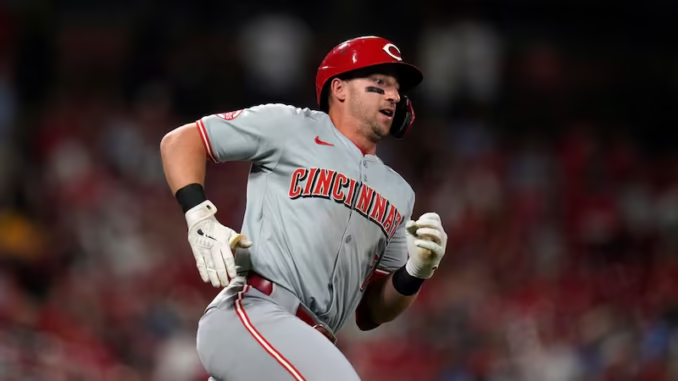
For the last several seasons—setting aside a brief 28-game introduction to the big leagues in 2022—Spencer Steer’s name has been written into the Cincinnati Reds lineup card nearly every day. He has become a fixture on the roster, a player managers rely on due to his consistency and availability. Looking ahead, he is projected to earn roughly $4 million in 2026 as he enters his first year of salary arbitration, a modest figure by MLB standards.
However, this upcoming financial milestone has sparked conversations throughout the organization and fanbase about Steer’s long-term fit with the Reds. The team admires him for being steady, durable, and relatively inexpensive, yet simultaneously recognizes that his presence may block younger players within the farm system who have a higher projected ceiling.

Dependability as a Skill
There is a common saying in sports: “The best ability is availability.” If that expression were a person, it might as well be Spencer Steer. Some people value him not because he is flashy or dominant, but because he shows up. Every. Single. Day.
Steer can be described as the kind of player coaches and teammates appreciate because they know what they’re getting—effort, commitment, and reliability. He doesn’t take unnecessary time off, and he doesn’t let small injuries or discomfort keep him from taking the field. Over the past few seasons, these traits have become a defining pillar of his value.
More MLB: White Sox officially cut ties with young talent
A look at his games played:
-
2023 – 156 games
-
2024 – 158 games
-
2025 – 146 games
That kind of consistent availability is rare in modern baseball, an era in which load management and strategic rest days are common. Even in 2025, when Steer was dealing with lingering pains early in the year, he still suited up and played through discomfort.

His statistics may have been affected at times, but he prioritized staying on the field and contributing to his team. This willingness to compete through minor issues has earned him respect inside the clubhouse.
The Breakout Season: 2023
The 2023 season was a turning point not only for Steer individually but for the Reds as a whole. That year’s team captured fan excitement in a way Cincinnati hadn’t seen in some time. Even though the Reds ultimately missed the playoffs, the season felt meaningful, fueled by a group of energetic young players who helped inject life into the organization. Steer was a major part of that resurgence.
More MLB: Braves dive into free agency very aggressively sign $187 million Padres’ Ace
Following his short introduction to Major League Baseball in 2022, Steer emerged in 2023 as a key contributor. In 156 games, he posted an impressive .820 OPS and a 117 OPS+, indicating that he was 17% better offensively than a league-average hitter. He hit 23 home runs, stole 15 bases, and contributed throughout the lineup in a variety of roles. His offensive output, paired with defensive flexibility, led to a 2.9 WAR (Baseball-Reference) season. For a 25-year-old in his first full season, those numbers painted the picture of a player trending upward.
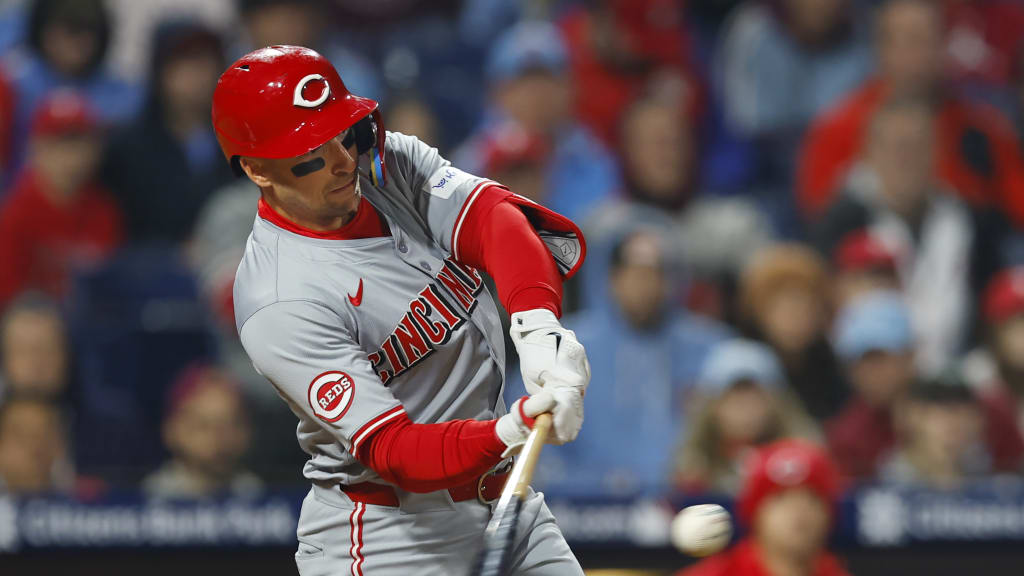
Many fans and analysts believed he was poised to become the long-term successor to Joey Votto at first base. Although Steer wasn’t the same type of player as Votto—one of the greatest Reds hitters of all time—he seemed to represent a stable future option at the position.
Steer in 2024: Strong Skills, Step Backward
Heading into 2024, optimism surrounded Steer. With players like Elly De La Cruz and Matt McLain emerging as young cornerstones of the franchise, the Reds hoped Steer would join them as a long-term everyday starter.
By many metrics, Steer had a productive season. He joined the 20–20 club, hitting 20 home runs and swiping 25 bags. Defensively, he held his own, finishing with -2 Outs Above Average, which essentially grades out as average defense.
More MLB: Phillies’ 3.79 ERA All-Star To Land With Cubs
However, the larger offensive picture wasn’t as impressive as the counting stats suggested. His overall production slipped nearly 100 points of OPS, dropping to .721, and his OPS+ fell to 96, meaning he was slightly below league average offensively.

The drop could be traced to his underlying data. The advanced metrics from 2023 and 2024 tell a story:
| Metric | 2023 | 2024 |
|---|---|---|
| Expected Batting Average (xBA) | .252 | .235 |
| Expected Slugging (xSLG) | .417 | .379 |
| Average Exit Velocity | 88.7 mph | 88.0 mph |
| Hard-Hit Rate | 37.1% | 39.9% |
These numbers demonstrate that Steer’s production decline wasn’t dramatic, but his performance did level out. His 2023 breakout may have been an outlier rather than a permanent leap forward. The advanced stats suggested his true offensive skillset likely falls in the low-to-mid-.700s OPS range, not the mid-.800s range he posted during his breakout year.
That didn’t mean the Reds were ready to move on. Instead, the organization looked to 2025 as a critical evaluation period. If Steer could rebound offensively, his well-rounded skill set—solid power, speed, and defensive flexibility—could keep him entrenched in the lineup.
2025: A Good Season, But Not Good Enough
Steer did bounce back somewhat in 2025, though not to the level of his breakout. He hit 21 home runs, recorded a .723 OPS, and contributed in clutch situations. However, injuries slowed him on the basepaths, limiting him to just seven stolen bases.
More importantly, he posted a 94 OPS+ and was worth only 0.7 WAR, his lowest total over a full season.
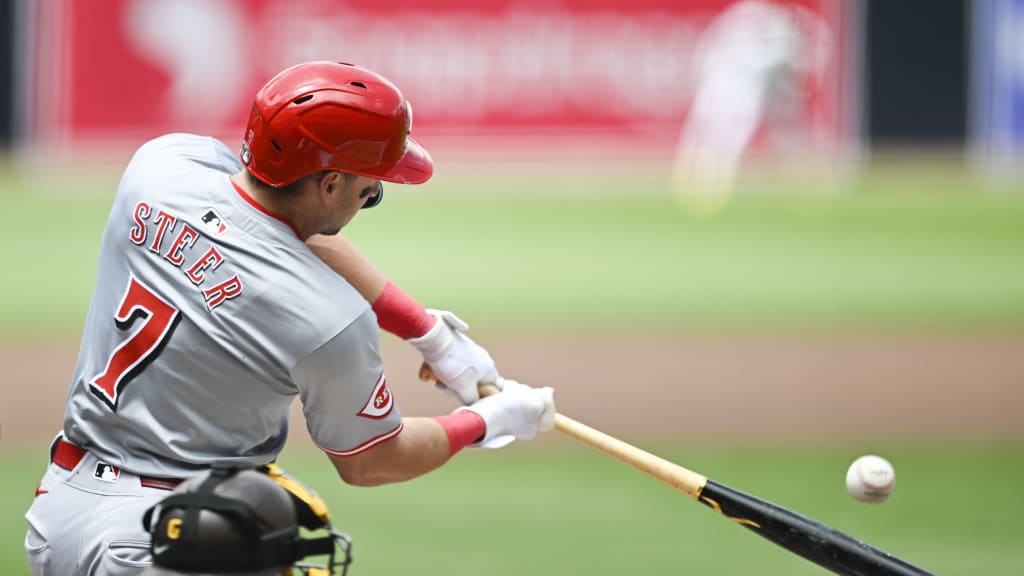
He wasn’t bad. He wasn’t a liability. He simply wasn’t the difference-maker the Reds needed in a lineup that struggled to consistently score runs. When a team depends heavily on player development and internal improvement—like the Reds do—the difference between an average bat and an above-average bat matters significantly.
The Logjam: Young Talent Arrives
The biggest complication for Steer isn’t his own performance—it’s the arrival of younger, more dynamic players.
21-year-old Sal Stewart, one of the Reds’ top prospects, forced the issue late in the season. Stewart tore apart Triple-A pitching, and once he reached the majors, he immediately validated the hype. In just 55 at-bats, Stewart hit five home runs, generated an .839 OPS, and accumulated 0.5 WAR—nearly matching Steer’s WAR total for the entire season despite playing only 18 games.
More MLB: Diamondbacks officially signed contract with top backstop
Stewart proved quickly that not only is he the future—he might already be the present.
With Stewart ready to take over first base on Opening Day, the Reds evaluated other positions for Steer. The possibilities didn’t look promising:
-
Second base? Already claimed by Matt McLain.
-
Third base? Ke’Bryan Hayes, a Gold Glove defender, has that locked down long term.
-
Left field? Technically possible, but Steer’s below-average outfield defense weakens the team, especially without extraordinary offensive numbers to offset it.
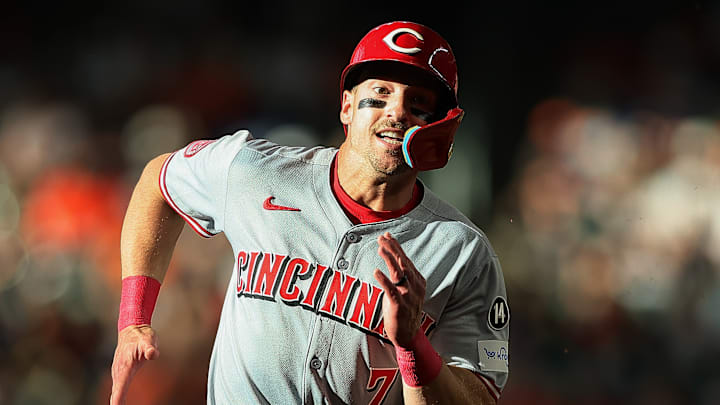
If Steer were still hitting like he did in 2023, the Reds might tolerate below-average defense in order to keep his bat in the lineup. But with back-to-back years showing only league-average hitting, playing him in left field becomes a competitive disadvantage.
The Logical Conclusion: A Trade
With nowhere meaningful to play him, the Reds appear headed toward a tough but practical decision—a trade involving Spencer Steer.
Steer is still valuable:
-
He plays multiple positions.
-
He rarely misses time due to injury.
-
He has three more seasons of team control.
-
He is affordable.
Because of those qualities, the Reds should be able to find interested trade partners. They won’t receive a massive return, but a back-end starting pitcher or multiple bullpen arms is a realistic expectation.
For fans who grew attached to him over the last few years, parting ways will be emotional. He was a key part of memorable games and contributed meaningfully during the team’s developmental years. But baseball is a forward-driven sport, and for Cincinnati to evolve into a contender, roster upgrades are necessary.
In the end, the writing appears to be on the wall: while Steer has given the Reds consistency and effort, the future belongs to the next wave of talent. For both the organization and Steer himself, a trade might offer the best opportunity for growth.
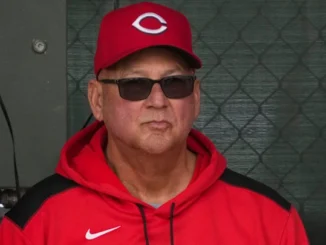

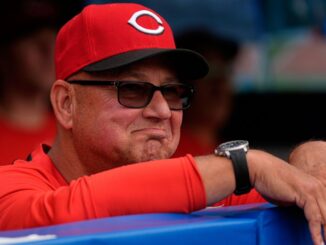
Be the first to comment